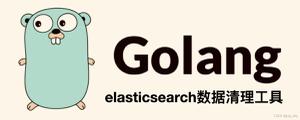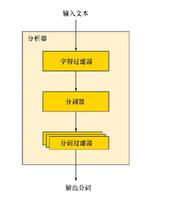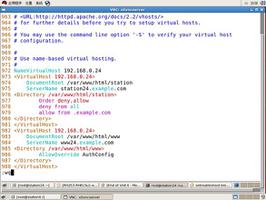ElasticSearch NEST 5.6.1查询单元测试
我写了一堆查询来进行elasticsearch,我想为它们写一个单元测试。使用此后最小的量,可以进行弹性连接,从而可以进行一般的模拟。但是,当我尝试查看由查询生成的Json时,我没有设法以任何方式获取它。我试图按照这个帖子elsatic查询起订量,但它是只与旧版本的巢的,因为该方法ConnectionStatus并RequestInformation不再为ISearchResponse对象。
我的测试如下:
[TestMethod] public void VerifyElasticFuncJson()
{
//Arrange
var elasticService = new Mock<IElasticService>();
var elasticClient = new Mock<IElasticClient>();
var clinet = new ElasticClient();
var searchResponse = new Mock<ISearchResponse<ElasticLog>>();
elasticService.Setup(es => es.GetConnection())
.Returns(elasticClient.Object);
elasticClient.Setup(ec => ec.Search(It.IsAny<Func<SearchDescriptor<ElasticLog>,
ISearchRequest>>())).
Returns(searchResponse.Object);
//Act
var service = new ElasticCusipInfoQuery(elasticService.Object);
var FindFunc = service.MatchCusip("CusipA", HostName.GSMSIMPAPPR01,
LogType.Serilog);
var con = GetConnection();
var search = con.Search<ElasticLog>(sd => sd
.Type(LogType.Serilog)
.Index("logstash-*")
.Query(q => q
.Bool(b => b
.Must(FindFunc)
)
)
);
**HERE I want to get the JSON** and assert it look as expected**
}
还有其他方法可以实现我的要求吗?
回答:
最好的方法是使用InMemoryConnection捕获请求字节并将其与期望的JSON比较。这就是单元测试NEST所做的。就像是
private static void Main(){
var pool = new SingleNodeConnectionPool(new Uri("http://localhost:9200"));
var connectionSettings = new ConnectionSettings(pool, new InMemoryConnection())
.DefaultIndex("default")
.DisableDirectStreaming();
var client = new ElasticClient(connectionSettings);
// Act
var searchResponse = client.Search<Question>(s => s
.Query(q => (q
.Match(m => m
.Field(f => f.Title)
.Query("Kibana")
) || q
.Match(m => m
.Field(f => f.Title)
.Query("Elasticsearch")
.Boost(2)
)) && +q
.Range(t => t
.Field(f => f.Score)
.GreaterThan(0)
)
)
);
var actual = searchResponse.RequestJson();
var expected = new
{
query = new {
@bool = new {
must = new object[] {
new {
@bool = new {
should = new object[] {
new {
match = new {
title = new {
query = "Kibana"
}
}
},
new {
match = new {
title = new {
query = "Elasticsearch",
boost = 2d
}
}
}
},
}
},
new {
@bool = new {
filter = new [] {
new {
range = new {
score = new {
gt = 0d
}
}
}
}
}
}
}
}
}
};
// Assert
Console.WriteLine(JObject.DeepEquals(JToken.FromObject(expected), JToken.Parse(actual)));
}
public static class Extensions
{
public static string RequestJson(this IResponse response) =>
Encoding.UTF8.GetString(response.ApiCall.RequestBodyInBytes);
}
我为预期的JSON使用了匿名类型,因为它比转义的JSON字符串更容易使用。
需要注意的一件事是,即使JSON对象中存在重复的对象键(只要最后一个键/值都匹配),Json.NET
JObject.DeepEquals(...)也会返回true。如果仅序列化NEST搜索,您不太可能会遇到某些事情,但是需要注意。
如果您要进行许多测试检查序列化,则需要创建一个实例ConnectionSettings并与所有人共享,以便可以利用其中的内部缓存,并且测试将比实例化新实例更快。在每个测试中。
以上是 ElasticSearch NEST 5.6.1查询单元测试 的全部内容, 来源链接: utcz.com/qa/410459.html







